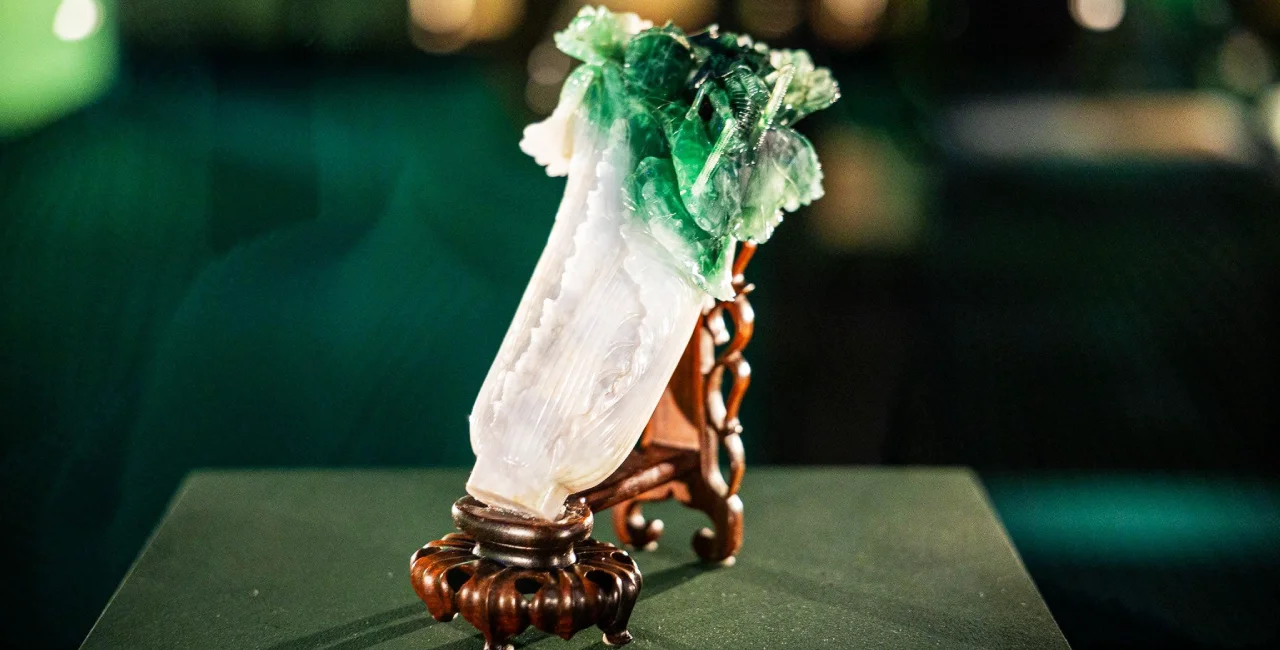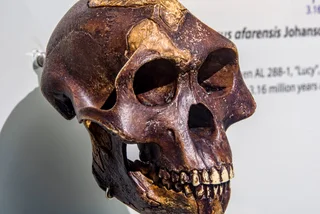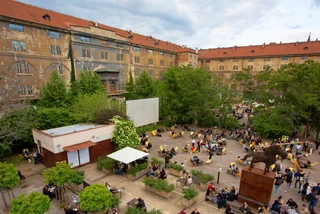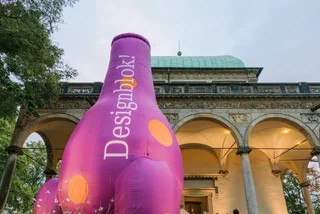For the first time in Europe, the National Museum in Prague is displaying 100 rare artifacts from the Chinese imperial court, including the Jadeite Cabbage sculpture, a jade carving often compared to the Mona Lisa for its popularity and intricate detail. The exhibition is on loan from Taiwan’s National Palace Museum in Taipei.
The collection, normally kept under strict security in Taiwan, offers a rare opportunity for residents and visitors in Prague to engage directly with objects spanning eight millennia of Chinese history. “These pieces are rarely seen outside Taiwan, making this a once-in-a-lifetime exhibition for Europe,” said Michal Lukeš, director of the National Museum.
Treasures of jade, silk, and porcelain
Key exhibits include the Jadeite Cabbage, carved from a single piece of green and white jade, with a locust and grasshopper hidden among its leaves, symbolizing fertility in traditional Chinese culture. The sculpture has been called the "most famous masterpiece" of Taipei's National Palace Museum.
Visitors can also see an 11-meter-long silk scroll depicting a river journey with more than 4,000 figures, along with smaller items such as porcelain snuff bottles, jade disks, and intricately carved furniture.
The exhibition is organized into ten thematic sections, covering daily life, literature, spiritual symbolism, and imperial craftsmanship. Interactive displays and digital projections complement the physical artifacts, allowing visitors to explore details that would otherwise be difficult to see.
The National Palace Museum in Taipei houses artifacts originally collected by Chinese emperors, with origins tracing back to the Neolithic era through the Qing dynasty (1644–1912).
Many items were relocated during wartime to protect them from Japanese invasion and later civil conflict, eventually being transferred to Taiwan. Such artifacts rarely leave the museum’s collection, underscoring the significance of this European loan.
A rare window into Chinese history
The exhibition is open until the end of December, with regular museum hours and standard admission fees. Visitors are advised to plan ahead, as popular items like the Jadeite Cabbage are expected to draw large crowds. Multilingual guides and descriptive panels provide historical context for non-Chinese-speaking audiences.
Exhibitions of this scale are part of a growing trend in Europe to present Asian art collections to the public, offering opportunities for cultural exchange and education. For Prague, it represents a major international collaboration and reinforces the city’s role as a regional cultural hub.
Those interested in viewing the artifacts should book tickets in advance and allow sufficient time to explore the full exhibition, which combines both traditional displays and interactive digital experiences. Special tours and educational programs are also scheduled throughout the run.
More information about the 100 Treasures, 100 Stories exhibit can be found at the website of the National Museum in Prague.

























